If a customer took the time to report an issue, Support has the obligation to document this event.
Defect or Design?
Many technology vendors define defects based on internal definitions and design specifications and not necessarily on customers’ perceptions of an issue that they perceive to be a limitation.
In some instances, a perceived defect is a legitimate product limitation and other cases is caused by user error, improper configuration, or a combination of non-defect related circumstances.
Whether or not the root-cause of an issue is truly a defect as classified by Engineering, what matters most is what the customer perceives.
If a customer perceives that a product is defective it will affect the tenor of the support transaction; will possibly influence a customer’s satisfaction with a support transaction; and may have broad implications for the relationship between the company and the customer.
See the article titled Customers think that your products are buggy – Now what?
Support Imperative: Track and Report Defects
If a customer took the time to report an issue, Support has the obligation to document this event.
Carefully and fully document defect related cases and the associated impact on customer satisfaction, future product purchases and subscription renewal rates to detect early indications that product defect rates are impacting the future of customer relationships.




